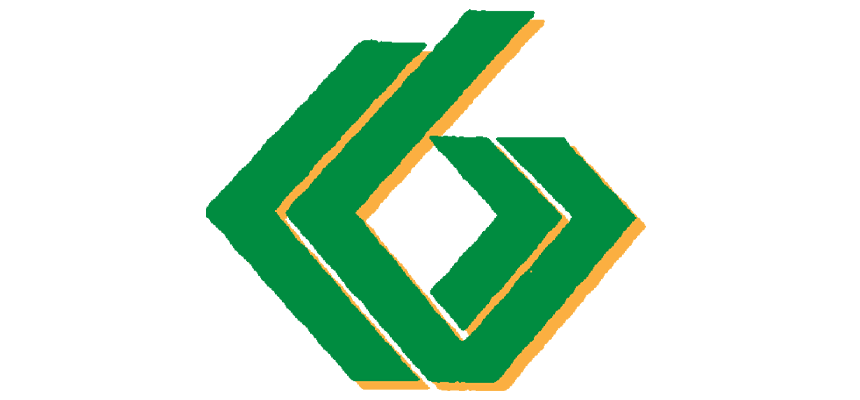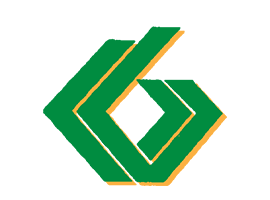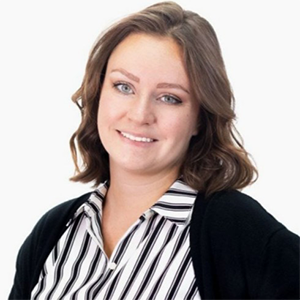What is the CLCPA?
By Maria DeKoning
The CLCPA came into effect on January 1, 2020, and stands for the Climate Leadership Community Protection Act. It maintains the most ambitious climate change action in the country. The plan is geared towards switching our state over to clean energy and ensuring our communities have access to clean air. The plan has the following goals:
- 100% zero-emission electricity by 2040,
- At least 85% below 1990-level GHG emissions by 2050
- 40% reduction in emissions by 2030
- 70% renewable electricity by 2030
Clean energy is planned to come from a variety of different sources. Some are offshore wind, anaerobic digestion, solar, and geothermal. The state has set the following goals for renewable energy:
- 9,000 MW of offshore wind by 2035
- 6,000 MW of distributed solar by 2025
- 3,000 MW of energy storage by 2030
- 185 TBtu on-site energy savings by 2025
The plan also hopes to elevate environmental justice and created the New York State Climate Action Council to achieve these state targets. The Council works with seven advisory panels and two environmental justice work groups to provide specifics on how these goals will be achieved. The Climate Justice Work Group defines the terms of a disadvantaged community to ensure equal access to clean air, water, and development in the area.
What is a Disadvantaged Community?

According to the DEC a disadvantaged community “are those that bear the burdens of negative public health effects, environmental pollution, impacts of climate change, and possess certain socioeconomic criteria, or comprise high-concentrations of low-and moderate – income households, The Climate Act creates the Climate Justice workgroup to develop criteria on how a disadvantaged community is defined. The workgroup ensures that underserved communities also benefit from the state’s switch to cleaner energy, and reduced pollution. The DEC created an interactive map and lists all of the disadvantaged communities throughout the state.
Forty-five indicators were used to identify the 35% of communities throughout the state as disadvantaged and broke them down by region. The breakdown of DACs can be found in the chart.
Some of these indicators include:
- Climate-related risks (ex. Flooding or extreme heat)
- Health vulnerabilities (asthma and COPD)
- Socio-economic factors (race, income, ethnicity)
Will this Affect my Company?
If your company is looking to develop a project in a disadvantaged community, you may have to abide by criteria outlined by the CLCPA. Among other requirements, the CLCPA requires state agencies to determine its decisions they make are consistent with the Statewide greenhouse gas emission limits. The DEC will determine if permits issued are consistent with or interfere with the attainment of GHG emissions goals.
To ensure that your project does not emit any pollutants above the allowable standard for your community you may need to hire an engineer to calculate the total amount of emissions from your site.
The DEC is now requiring all SW companies who need to renew their permits with an attached noise and air analysis to make sure your project is not over the ambient levels. Both Sections 7(2) and 7(3) of the CLCPA refer to SW companies. As the Climate act develops, DEC regions are starting to enforce that all SW facilities have attached a CLCPA analysis to their permit application. The following aspects of your facility will need to be analyzed to ensure that it does not add to the pollution in a disadvantaged community.
- Measure of emission from proposed equipment use
- Pollution emissions from inbound and outbound trucks
- All emission recorded from running the proposed facility.
Even though it may seem difficult to design a facility that emits below an allotted number of emissions for the community, Galli Engineering can help you design a facility that passes all of the DEC’s newest regulations and rulings. We can ensure that your project gets the permits it needs to operate at the most efficient and profitable manner possible.
The Galli Promise

Galli Engineering is a design and permitting specialist in the solid waste management industry with projects completed in New York, New Jersey, and Connecticut.
Approximately sixty Galli designed or permitted recycling facilities, transfer stations, and TSDFs are in operation today. More are always in the design, construction, and/or permitting stages.
Galli works with transfer stations handling paper and corrugated cardboard, C&D debris, putrescible waste, asbestos waste, clean fill, hazardous waste, regulated medical waste, dredge spoils, and more. We can provide your project with engineering and design services that allow you to operate a SW transfer station, create an Environmental Assessment Statement for regulatory agencies, closure plans, contingency plans, ventilation system design, building department permit application, preparation of facility manuals and engineering reports.
We are here to ensure that your project gets its permits and continues to operate. For more information on the services we offer, check out our new services page, and give us a call at 631-271-9292 or email us at jstrashun@gallieng.com.




